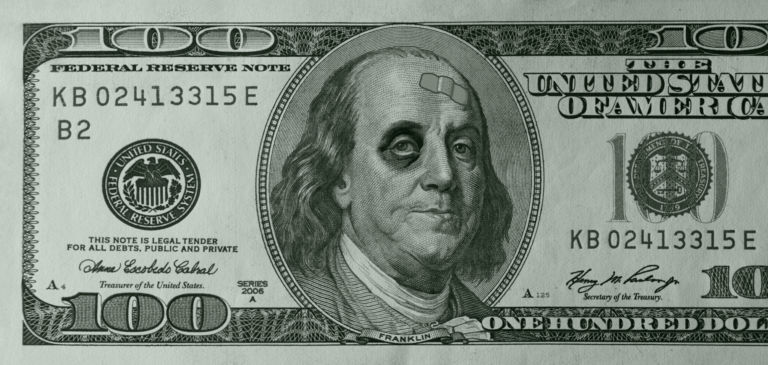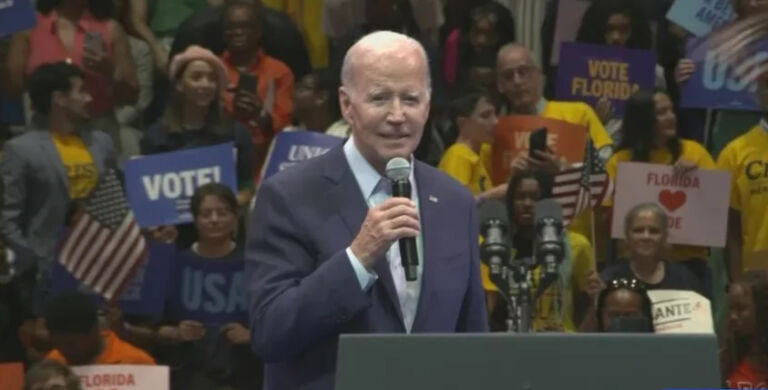Mark Warshawsky writes for National Review Online about the federal government’s gloomy fiscal picture.
The Congressional Budget Office (CBO) recently released its updated outlook for the finances of the federal government. CBO projects that the deficit will rise to historically unprecedented levels for the United States, even compared with our worst recessions and following World War II, and are beginning to approach the troubled finances of countries such as Italy and Portugal.
The projection forecasts the deficit will grow from 5.6 percent of GDP in 2024 to 6.1 percent in 2034 then to 6.9 percent in 2039, and that debt held by the public will increase from 99 percent of GDP, to 116 percent, then to 127 percent in the same years. To make matters worse, underlying the CBO projections is an optimistic view that, as a share of GDP, federal government spending will be somewhat contained, revenues will rise, and interest rates will fall.
What would it look like if these favorable (and arguably unrealistic) conditions did not occur? What if we instead saw a continuation of current trends and historical economic relationships? …
… The model assumes GDP will grow at 4 percent annually — 2 percent for inflation and 2 percent real growth — which is optimistic given the pending decline in labor-force growth, and lackluster productivity growth in recent years. It also assumes the primary deficit — non-interest spending less revenues — to start at about the average level of the past five years (excluding the pandemic years) of 3 percent of GDP and then to grow slowly due to Social Security and government health-care spending increases caused by population aging. I assume the primary deficit is 4.3 percent of GDP by 2039, in line with CBO’s spending projections.
The other component of the deficit is interest spending — the product of the effective rate of interest and debt outstanding. Instead of CBO’s assumption that interest rates will decline in the future, I assume that the base level of interest rates is today’s rate: 4.25 percent on ten-year Treasury bonds.


